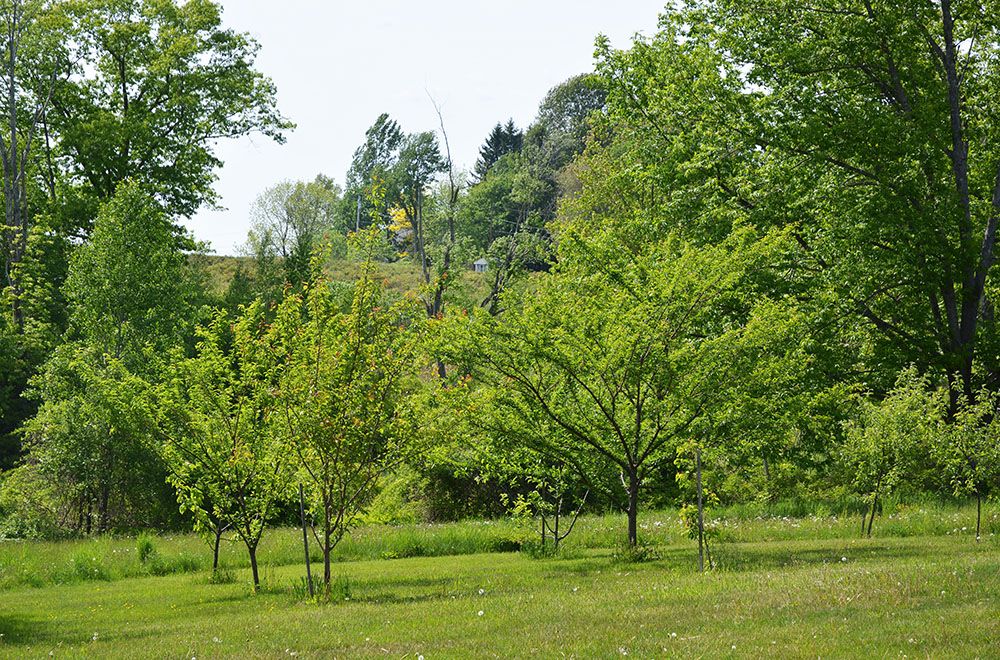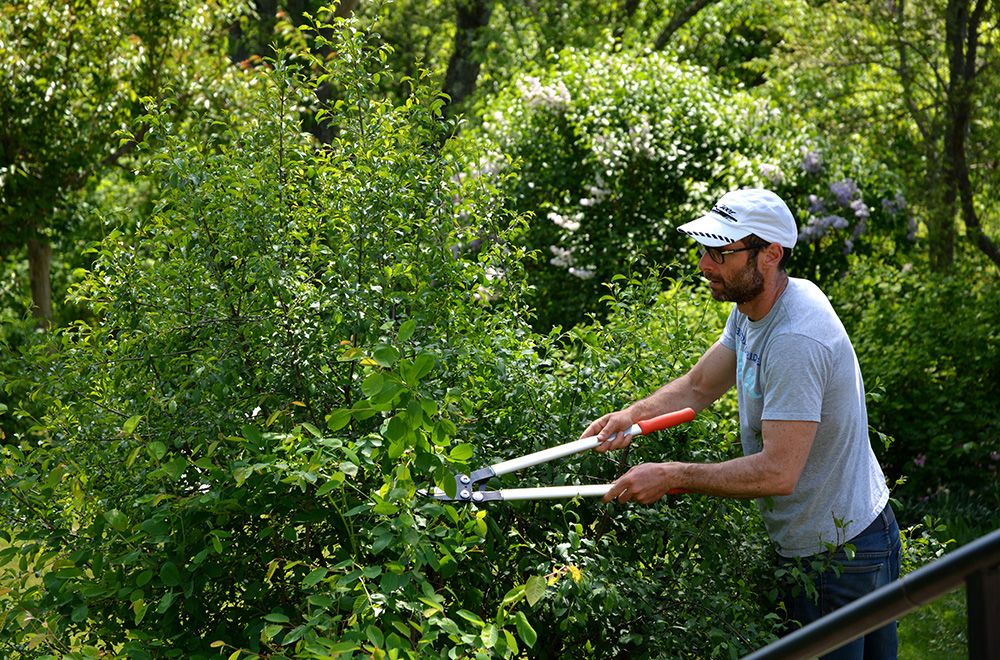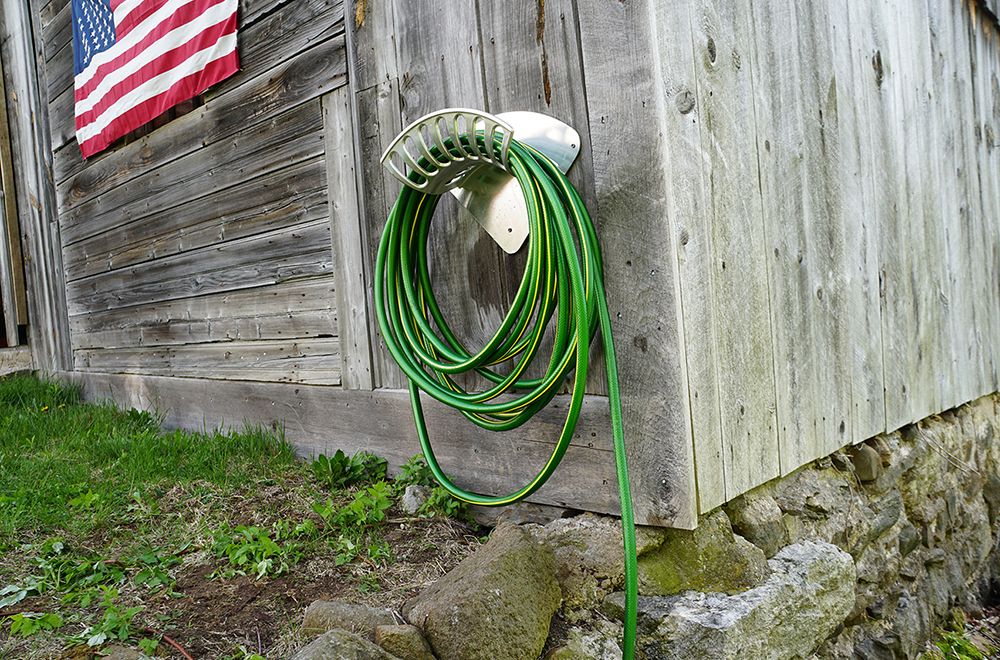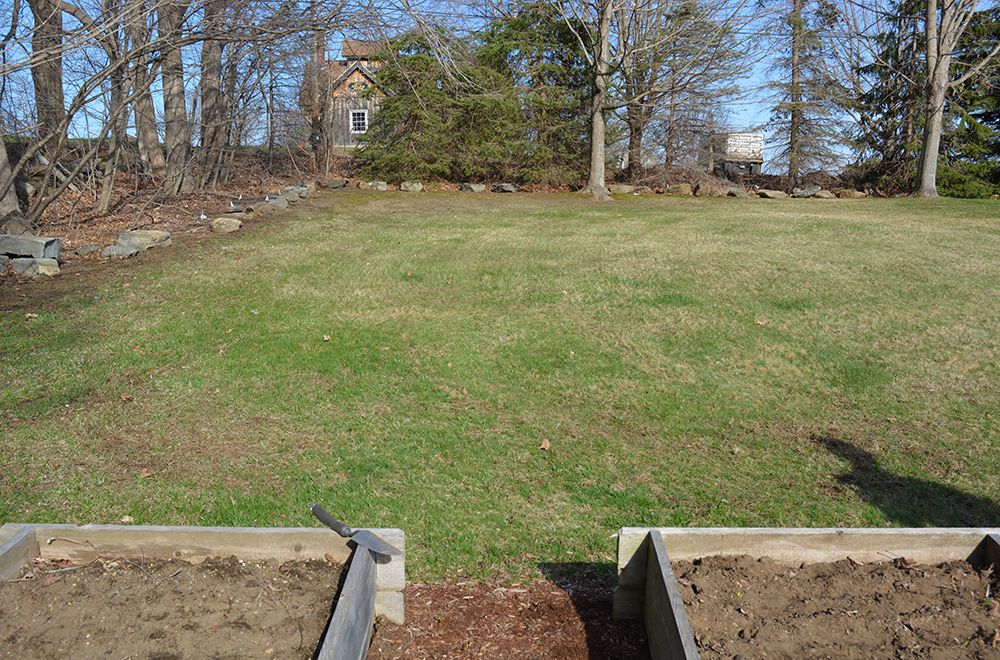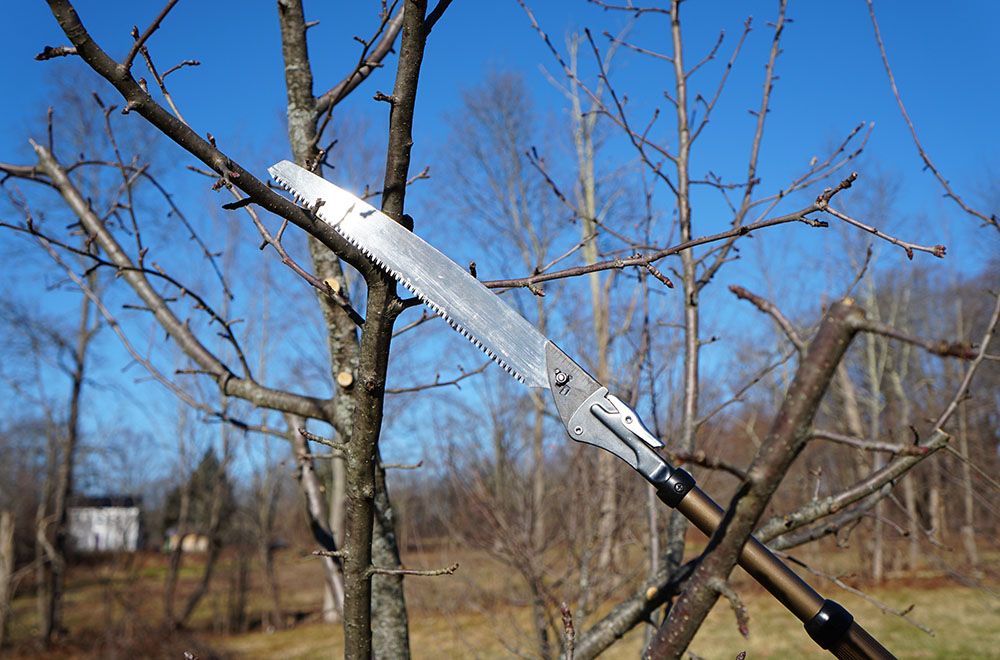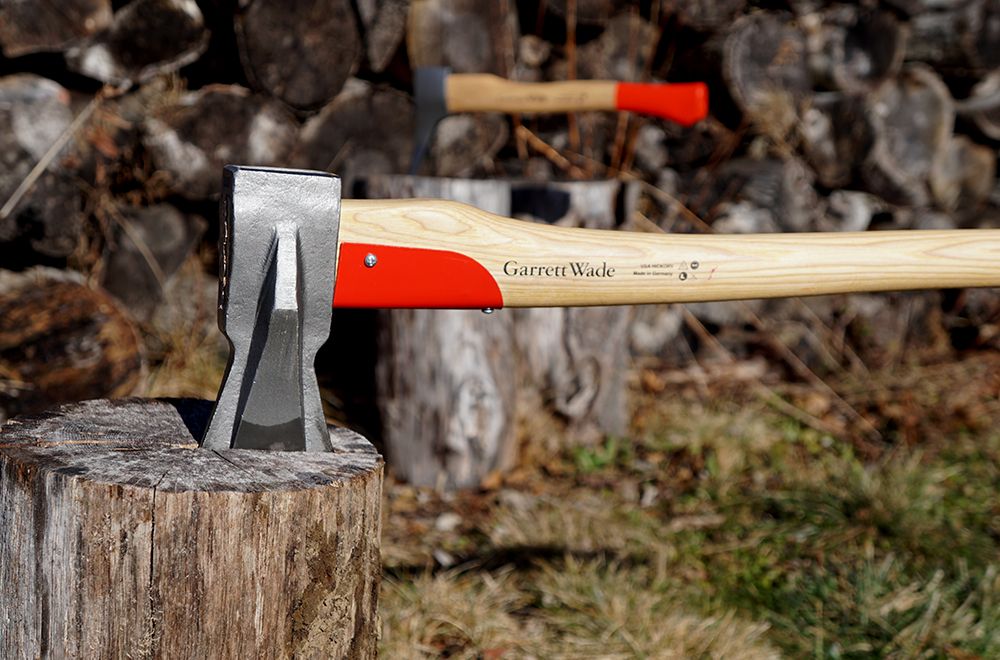As the days shorten and cooler weather signals the onset of that first chilling frost, it’s time to harvest the last of your summer veggies, and prepare your garden for a well-earned Winter respite. As summer wanes and Autumn begins, there are active steps you can take that will help prepare your garden for its Spring regeneration. If you do these simple jobs now, it will make your Spring gardening prep tasks that much easier. We’ve broken down your Fall Prep into a checklist of 8 simple steps which, when undertaken over three or four weekends, can easily be completed before Winter settles in. Here is your Fall Prep To-Do list.

Japanese Garden Tools Vs. American: What’s the Difference?
You may have seen Japanese gardening tools popping up more in stores and online. Sure, they&rs… Read More

